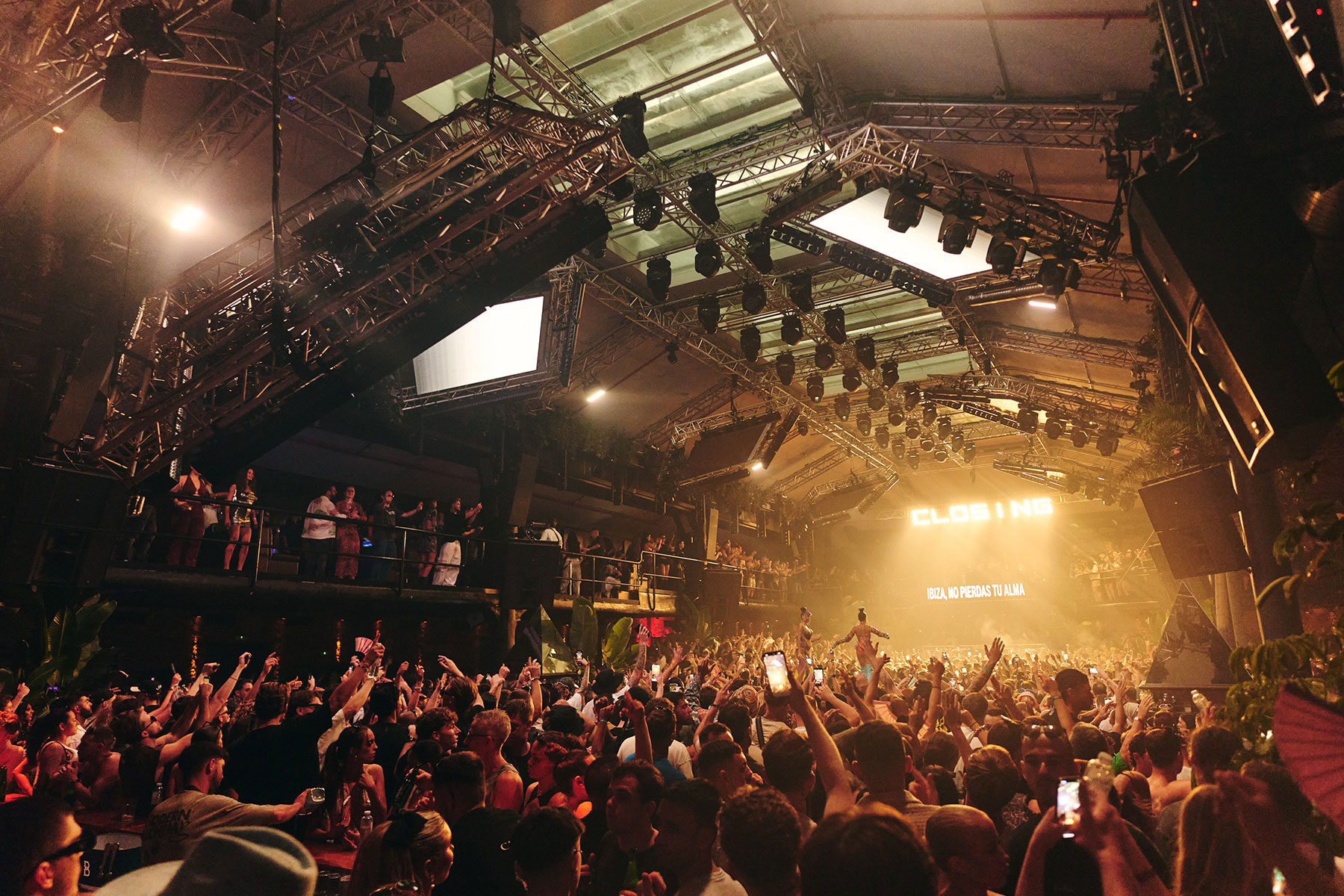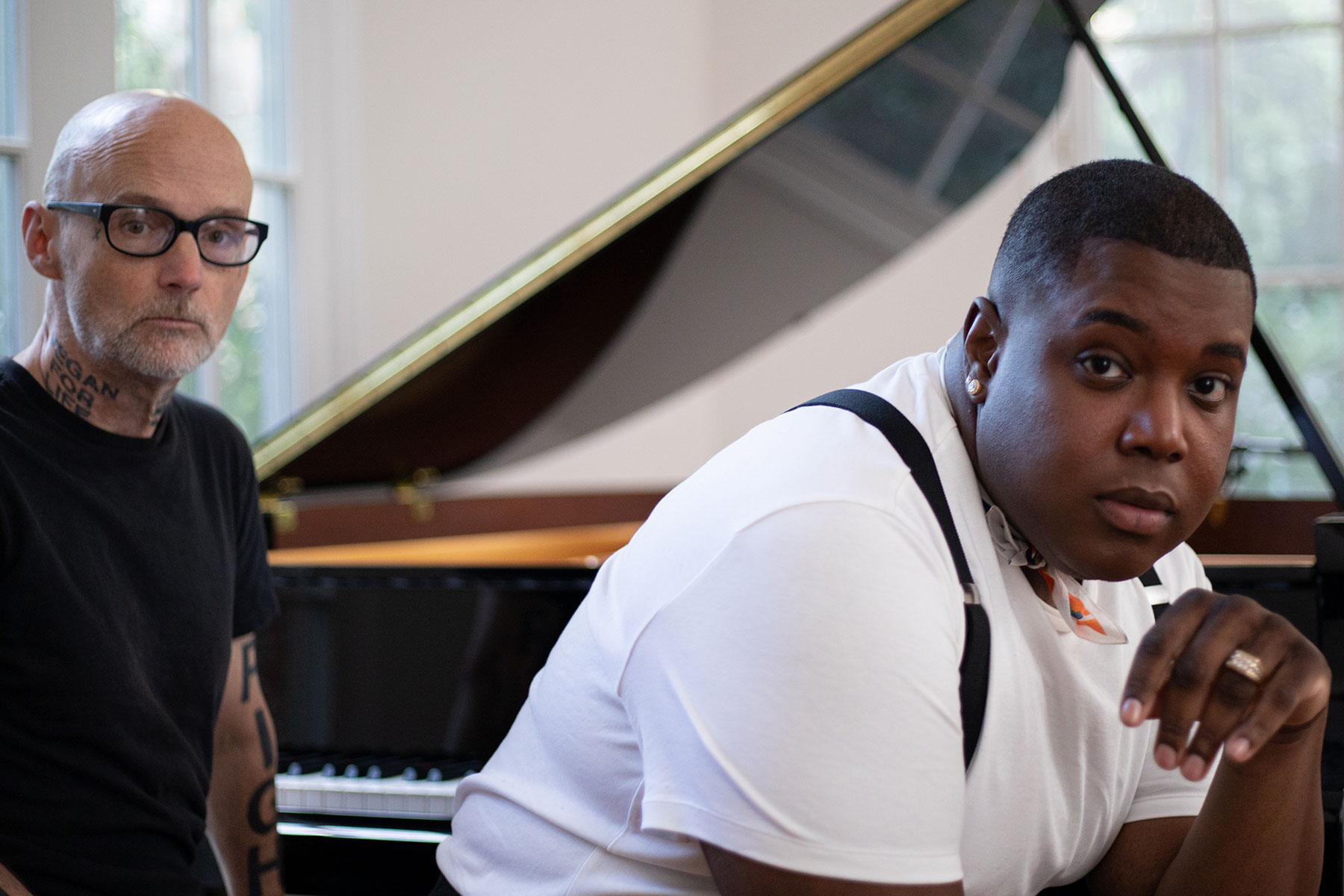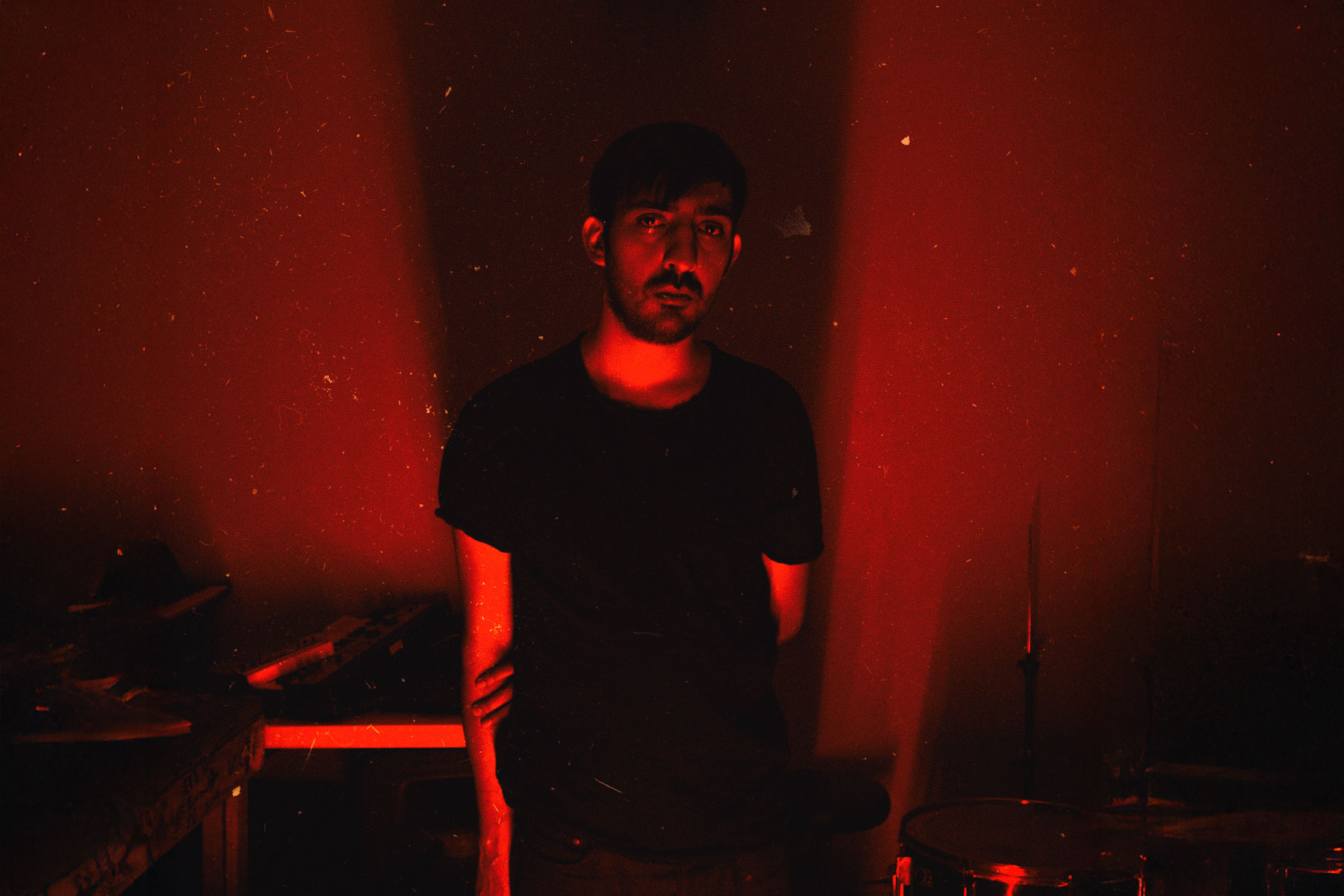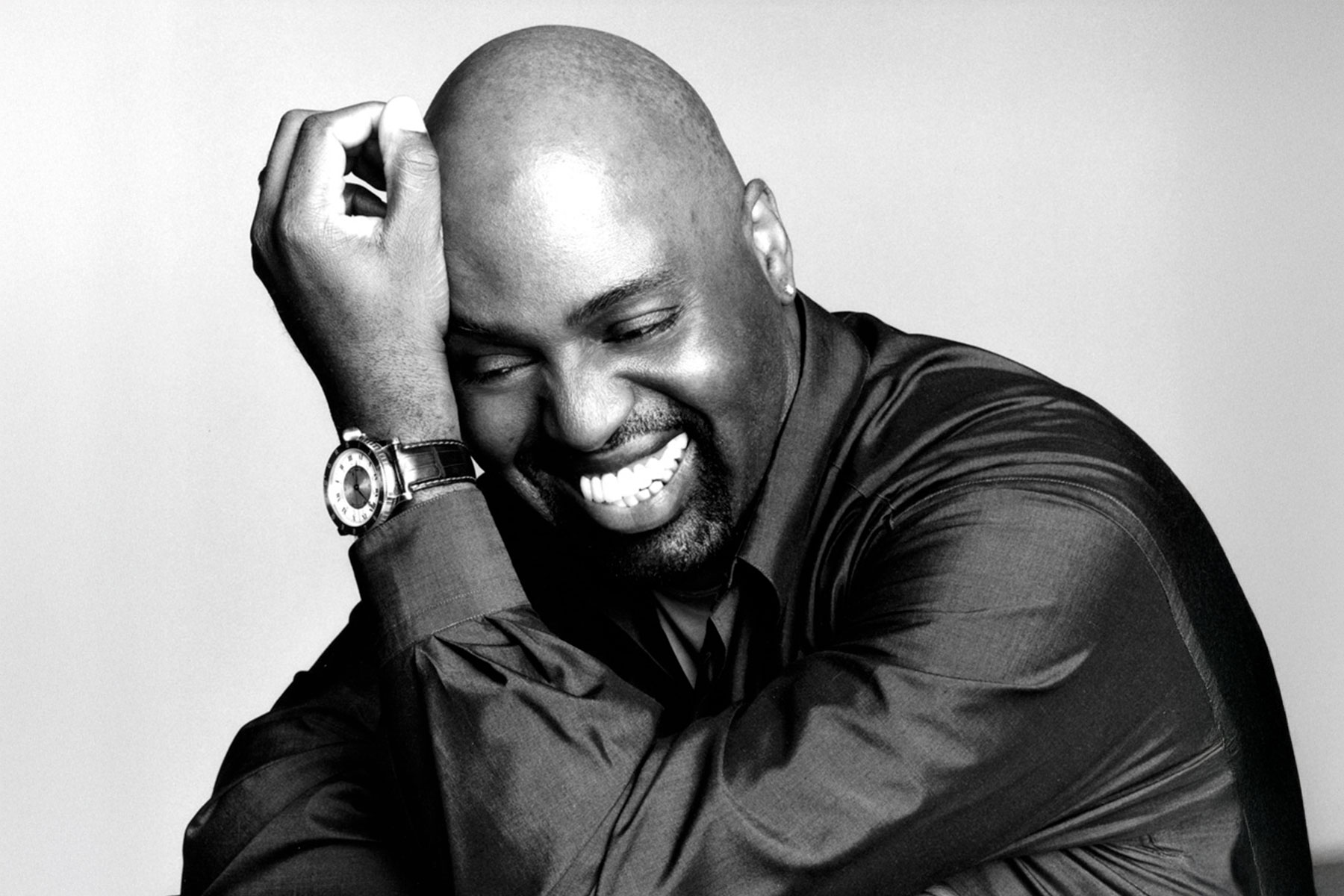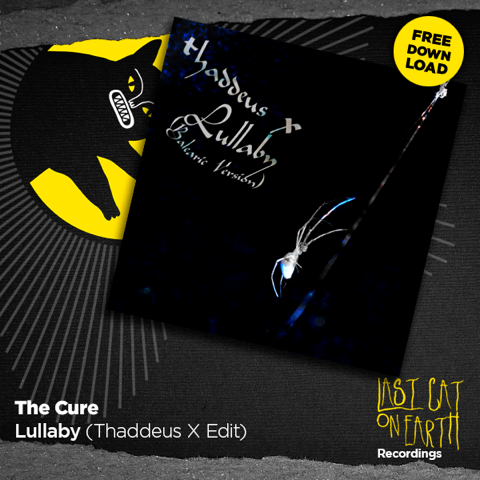With a career spanning over three and a half decades, Gaudi has established himself as one of the most sought-after dub producers in the dub-electronica scene.
Photo credit: Gaudi – Official
His résumé includes a Grammy Award nomination for his production work on Steel Pulse’s ‘Mass Manipulation’ (2019) and three Billboard chart-topping releases as a musician and songwriter, collaborating with legendary artists such as Lee ‘Scratch’ Perry, Horace Andy, and Hollie Cook.
Gaudi’s musical journey has been characterized by his ability to shatter genre barriers, pioneering a distinct fusion of psychedelic-influenced dub, world music, and reggae. His extensive body of work includes collaborations with an impressive roster of artists, including The Orb, Groove Armada, Tricky, Mad Professor, and Nusrat Fateh Ali Khan, to name just a few.
As a skilled keyboardist and theremin player, Gaudi has also lent his talents to live performances with acts such as African Head Charge, The Orb, and members of Pink Floyd and Jane’s Addiction.
Gaudi is set to release a new album with his latest project, The Gaudi Kosmisches Trio. The album, titled ‘Torpedo Forward,’ is set for release on October 3rd, 2024, and promises to be a captivating blend of ’70s Krautrock and contemporary electronic elements.
Joining Gaudi in this new project are Colin Edwin, formerly of Porcupine Tree, whose creative bass playing adds depth and texture to the compositions, and guitarist Pippo De Palma, whose extensive studio and live performance experience complements the trio’s sound.
To celebrate the upcoming release and share insights from his career, Gaudi has opened the doors to his studio, offering a glimpse into his creative process and sharing valuable tips for aspiring producers and musicians. His approach to music production emphasizes individuality, minimalism, and the importance of balancing digital and analog elements to create a warm, rich sound.
1. Embrace individuality
The first tip, from me personally, as a producer and musician, would be NOT to follow too much other producers’ tips, because every typology of working in the studio is very singular and individual. That said, it’s always good to compare and learn from other methods of creating and exploring this beautiful thing called MUSIC in its totality. Here I will list a series of things that I personally apply to my own music productions and compositions when working in the studio, not to be taken as “tips” but more as “constructive information.”
2. Less is more
With the amazing and relatively cheap technology available nowadays in all our computers, it’s very easy to be carried away during the music production process and keep adding lots of beautiful elements to it. From extremely accurate plugins of any kind to incredible virtual synthesizers and keyboards, from highly sophisticated audio effects to top-quality drum loops, etc., you can record infinite multitracks nowadays and layers and layers of literally everything you want. But I’ve a question: is this a good thing? As I stated in my previous paragraph, it’s all very personal, there’s no right or wrong in music, but for my own vision and methodology, I say that all of this could be quite tricky.
Adding multi layers of stuff isn’t always a good thing I’d say. For the specific type of productions I personally do, I apply the concept of “less is more,” usually starting a track with spending hours and hours (days and days sometimes) to create a very solid backbone of rhythm and bass, then once I’ve found that solid structure I try to keep all the rest pretty minimal, arrangement is what I call the rest. I like to hear space in between the notes, I like to feel the air circulating between them, this “micro-silence” reflexively empowers the notes themselves! When in the early ’80s I started working in studios, the resources we had available were very limited, just a few instruments to work with and only 16 tracks on tape for the recording process, you really needed to plan in advance the whole production process.
What I’ve learned back then was crucial and structured my concept of working with not too many elements, a principle that I’m still applying nowadays to all my productions.
3. Listen, don’t look
A simple tip I feel happy to share with y’all, is to turn the computer monitor off when testing an arrangement or a mix. I do it all the time as it takes me away from the ever-present visualization of sound back to just using our ears as we all did before studio monitor screens became a reality. I’m so used to it now that I always switch it off, even when I listen to demos or audio files, because from just looking at a waveform I approximately know how a song is structured, when the middle-eight arrives, how long the intro is, etc., and I really don’t like to ruin surprises or create expectations. This is another technique I’m probably carrying on since my early studio days, as at that time the only visual reference we had while listening to a mix was the mixing console and the pair of Yamaha NS10 speakers, no waveforms and no computer screen.
4. Blend digital and analog
Another important thing to consider during production, or at least for the type of productions I do, is to always balance the digital sound produced by your DAW with some analog elements in order to warm up the general texture. I’ve got a 1971 reel-to-reel tape recorder in my studio, with which I record some instruments and effects such as real piano, real bass + guitars, and my Roland 501 tape echo. It’s incredible how immediately you feel the result when the subtle mechanical imperfections of the rolling tape meet the accuracy of your digital computer, it’s like a match made in heaven.
5. Embrace vintage gear
For the production of ‘Torpedo Forward,’ the new album by the Gaudi Kosmisches Trio, project I’m part of with Colin Edwin of Porcupine Tree on bass and De Palma on guitar, I wanted an authentic “retro sound” from the ’70s and ’80s, so I used primarily vintage analog studio gear and original instrumentation from back in the days. The recording process consisted of the three of us jamming in the studio for days while recording all the sessions, then listen back with extreme accuracy and capture the best moments, recording them again into a multi-track system and take it to the next level, with more complex arrangements and a defined structure. The result came out pretty astonishing, stylistically we describe it as an original fusion of Krautrock and Psychedelic Dub!
6. Success requires effort
The last tip I would like to share with you is just a simple phrase that I always keep in mind and it’s something that we all need to consider and value with attention: “Success comes before sweat ONLY in the dictionary.”
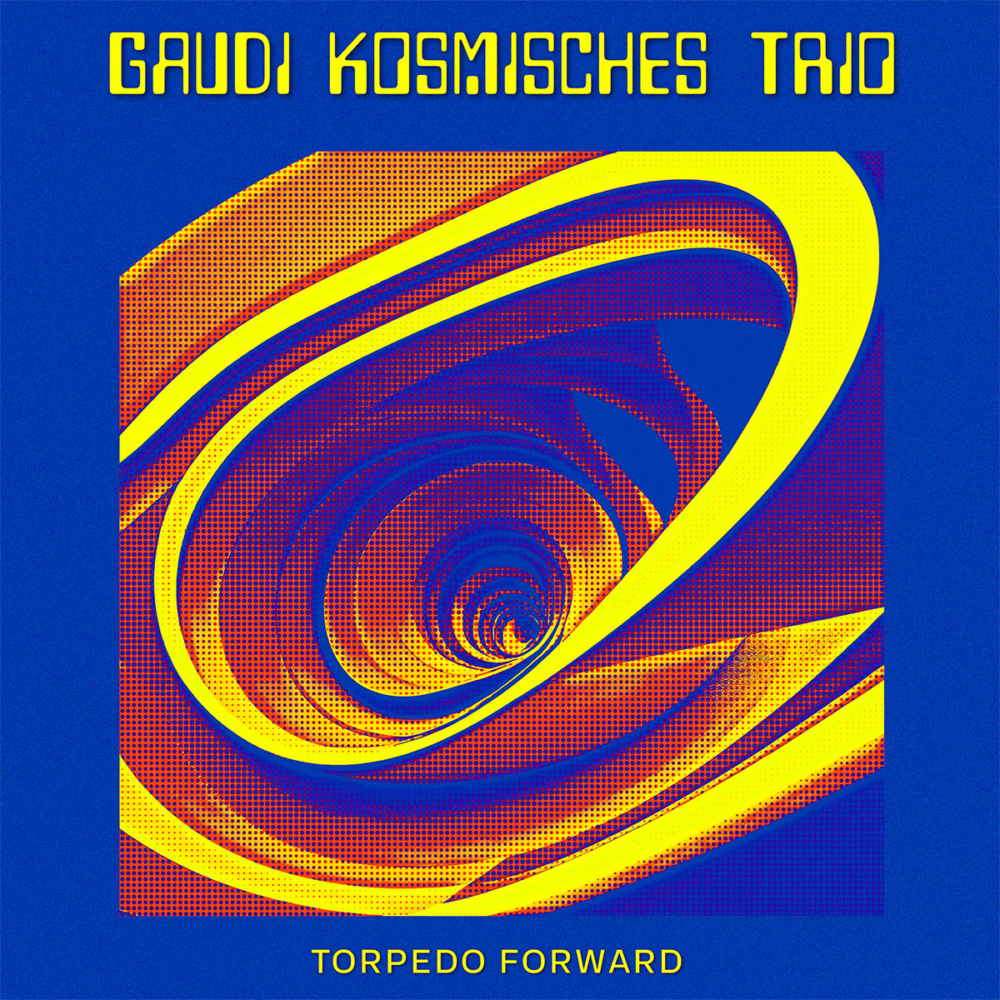
Gaudi Kosmisches Trio’s ‘Torpedo Forward’ is set for release on October 3rd. Pre-order here.
Follow Gaudi: Spotify | Soundcloud | Instagram | Facebook




